Amazon Packaging Requirements for FBA and FBM Sellers
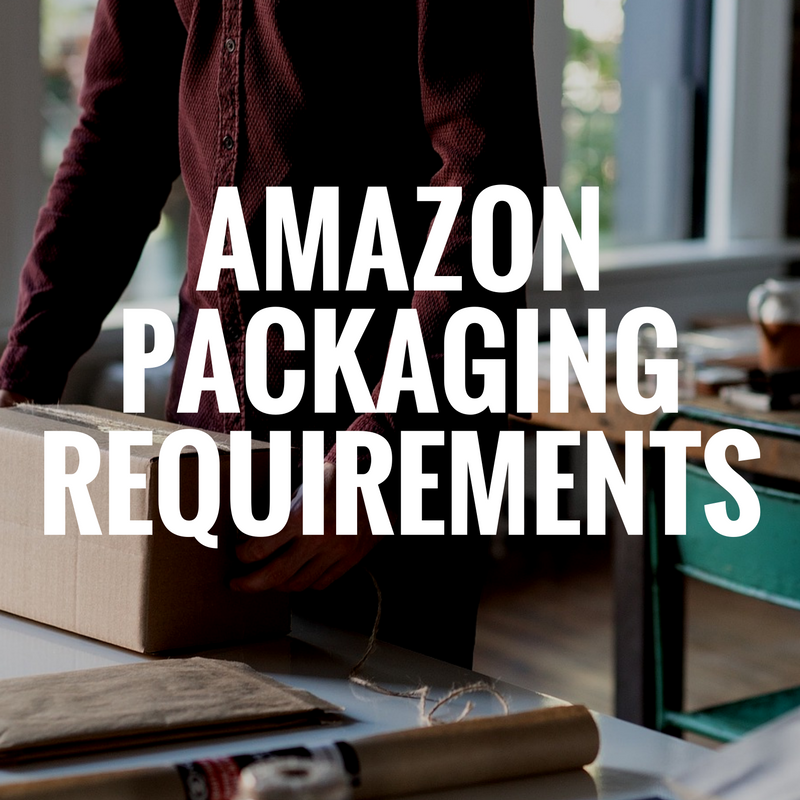
Imagine you’re ordering a new cutting-edge* electric shaver, and you’re really excited about it. But when it arrives, your heart sinks.
The box looks like it’s been used to transport wild animals. When you open the lid, the shaver lies at the very bottom with just a brown crinkled paper to shield it from apparent MMA moves during transit.
Not exactly a great buying experience.
Today, we’re going to cover the reasons why Amazon packaging matters for both FBA and FBM sellers, and how to ship successfully to keep products safe and customers happy. Here’s what we’ll cover:
Click on any of the above links to skip to the sections that apply to you.
Even if brand isn’t the #1 selling factor on Amazon, you can bet your customers are paying attention to the packaging for your items. And if it’s bad, it could result in negative seller reviews.
Here are a few more reasons why Amazon packaging is important:
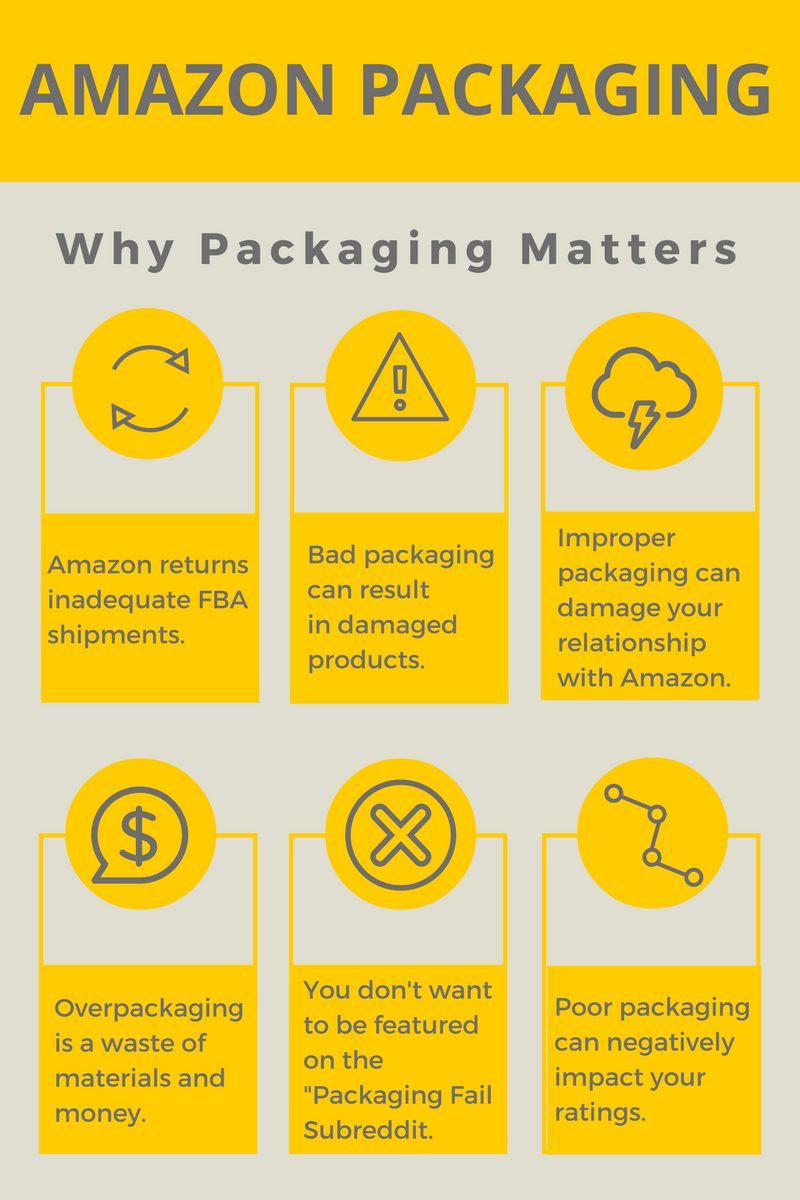
Of course, for drop shippers, it’s hard to control the packaging. That’s why most successful sellers use FBA for top selling products.
But even if you’re using FBA for some or all of your products, you’ll still need to know the packaging rules and regulations for those shipments to Amazon.
Ready? Let’s get started.
As we mentioned before, it’s important not to get sloppy with FBA packaging.
Just because Amazon isn’t the final destination for your products doesn’t mean you have full license to send everything in a giant duct-taped mass of bubble wrap.
Amazon has a stern warning in place for those who don’t comply with product prep requirements:

So let’s start with something basic yet incredibly important. How will Amazon recognize your products when you send them in?
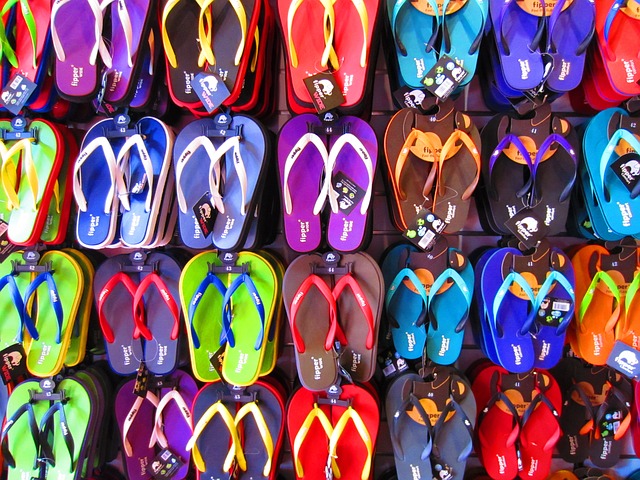
Once you ship your products off to the warehouse, the Amazon team should be able to quickly identify which unique products belong to you.
If you opt into “Stickerless Commingled Inventory,” where your products get mixed with other sellers’ products in one bin, you should use UPCs, ISBNs, or the lesser-known EAN.
“Labeled” or “Stickered” Inventory, on the other hand, means your inventory is kept separate from other sellers’ products—and is assigned a “Fulfilment Network SKU” (FNSKU) to tie back to your seller’s account.
Here are the requirements for both:
Wondering if you should use a Label/Sticker instead of Stickerless/Commingled to protect your products from counterfeiters and listing hijackers?
Well, you may not always have a choice, especially if you’re in the Health and Personal Care category. David Cooley, Manager of Marketplace Channels at CPC Strategy shares why:
Say you and I were both selling the exact same fish oil supplement—just 2 different offers on the same ASIN. But it turns out mine is actually a cheap knockoff of the real product, and someone takes it and gets sick.
Amazon wants to make sure they know not only which product that person took, but who the seller was.
If the category allows “Stickerless Commingled” products, then inventory from all offers (in this case, yours and mine) just get thrown into one big box and pulled out at random [to be shipped to sellers quickly]. But with Stickered Inventory, each seller places a unique sticker on the product as well so it becomes clear which one is a knockoff, and Amazon knows exactly which seller to [approach about the issue].
This is verified on the Seller Central forums by an Amazon employee named Scotty:

Next, let’s get into the product prep.
It gets even more complicated to ship items with FBA, depending on what types of items you have:
See all the requirements for these here.
Don’t have time to bag and label thousands of pairs of earbuds yourself? If you qualify, you can pay for Amazon’s FBA Prep Service. Here are the fees, taken from Amazon’s site:
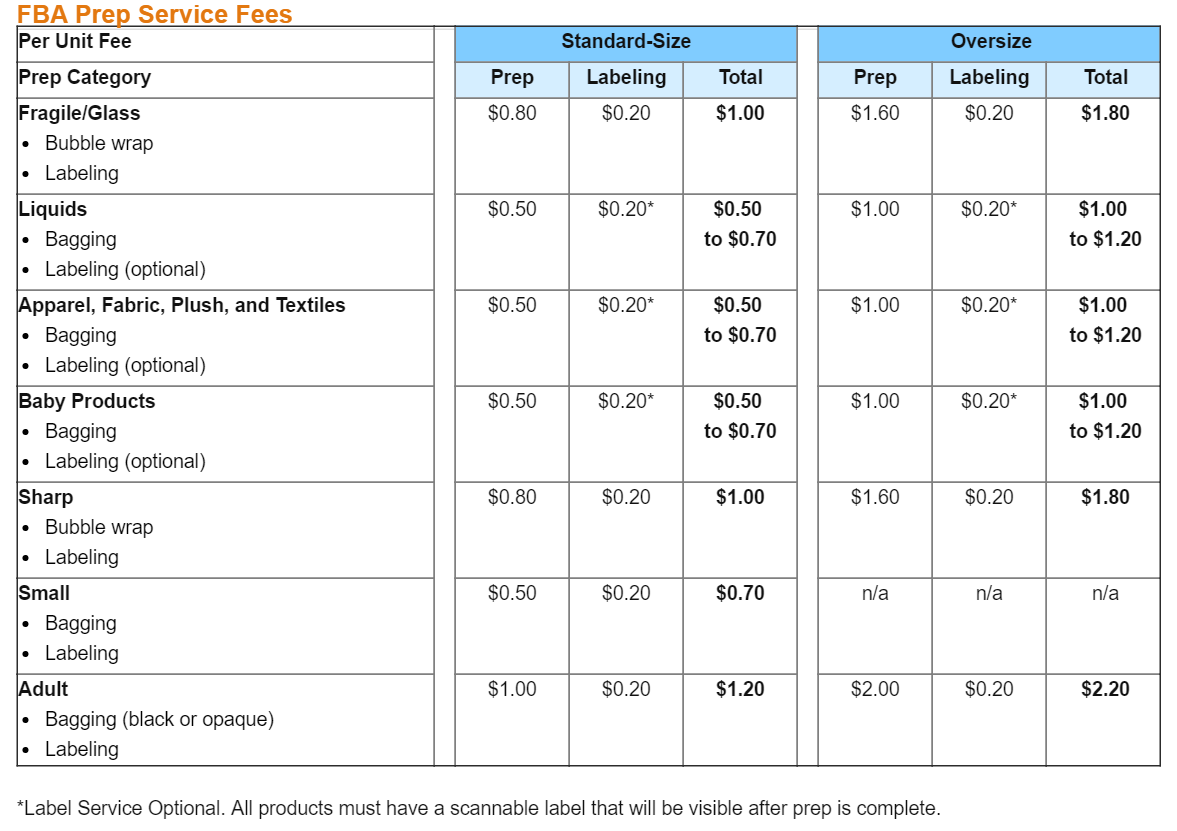
Now you’re onto the final part of packaging for FBA: the packaging checklist.
Just remember, once everything is boxed up, you should not include marketing materials and expect Amazon to ship them with your products. Additionally, Amazon requires that you use only safety blades while packing so that you don’t accidentally let a blade slip through that could injure an unsuspecting employee.
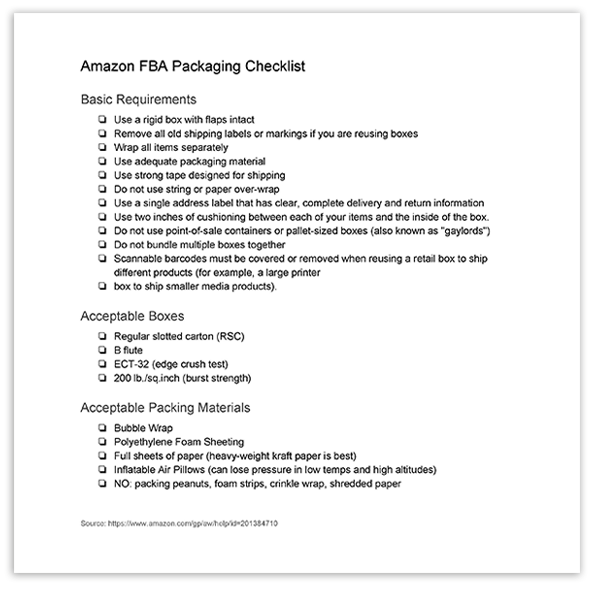
FBM is really where the packaging “rubber” hits the road because the seller (or his drop shipper) is solely responsible for what shows up on the customer’s doorstep.
The thing is, Amazon won’t see your packages when they go out. They won’t know if you don’t use metered postage when you should or neatly print out your customer’s complete address. However, they will know if the customer leaves a negative review about your products, and if your packaging is to blame, you’re just shooting yourself in the foot.
This is why communication with Amazon is key, and it’s very important to keep track of your packages so you don’t lose any customers due to late shipments or damaged packaging.
Lucky for you, we’ve created another handy checklist from Amazon’s FBM packaging requirements.
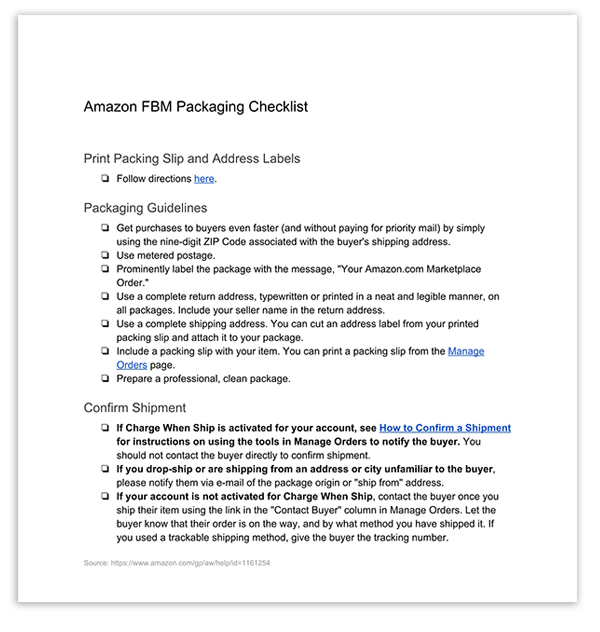
It’s a common question across Amazon forums—where does everyone get their packaging supplies from? One seller on the Seller Central forum started out by using unsalted, unbuttered popcorn to pack materials. We wouldn’t necessarily recommend this, but they get props for creativity.
When it comes to packaging materials, Amazon does have quality requirements. But let’s face it—no one wants to pay a premium for packaging. As long as you hit most of the quality metrics for materials (see checklist), there are a few good options for packaging supplies for both FBA and FBM:
Pro tip: Check out our post on Frustration-Free Packaging
If you follow the rules the first time, whether you’re FBA or FBM, you’ll find that product packaging can be fun! OK, maybe not fun—but it can certainly save you money, time, and dips in ratings.
Have any questions about this post? Email [email protected]
*Pun intended, unfortunately.
